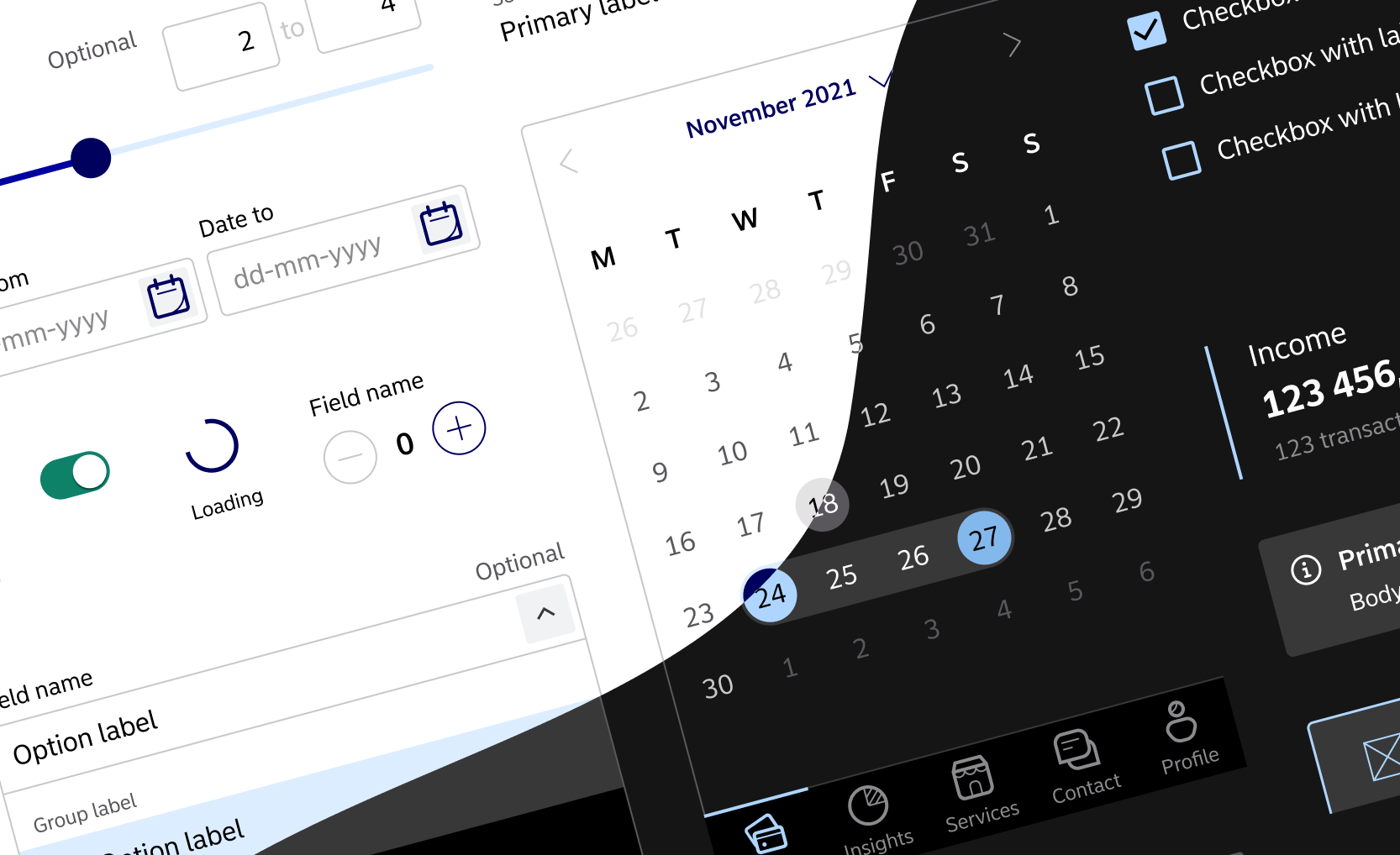
The warnings scientists have made about our planet’s climate changes are materializing and becoming the biggest challenge of our lifetime. The climate crisis is a symptom of decisions that didn’t consider a broader spectrum or long-term impact.
Content patterns define a consistent way to communicate in user interfaces. But how do you start creating one? We’ll tell you how we create our content patterns.
Patterns are recurring solutions for common design problems. And you can use patterns when designing user interfaces.
We use patterns in our design community to create consistent experiences. But we started to evolve our patterns by looking more into content.
Content patterns create consistency in how we communicate. And they improve our existing patterns beyond look and feel.
You might already know the double diamond, popularised by the British Design Council. It’s a process that encourages exploration of a design problem to then take focused action. And like in any design discipline, this process applies to content design.
In short, the double diamond approach defines 4 design phases:
Background research is where we start, and is important when designing. You should look at how people approach the same solution, internally and externally.
When researching for a content pattern, aim to:
At this point we have lots of materials to look at, and we start organising them. You’ll start to notice recurring use cases that you can use as a foundation for documentation.
Try to discover as many use cases as possible. This helps you adjust the pattern to fit more contexts and streamline documentation.
We’ll also try the content patterns in context, so in our flows and UI components. This helps you to test if the UI components support the use cases coming from looking at the content.
When organising your content pattern inputs, aim to:
We develop the pattern further by testing it with users, and sparring with peers. This helps you spot use cases that you might’ve missed, or find conflicting principles.
When developing your content patterns, aim to:
We finalise and deliver the pattern by creating documentation for it. Documentation not only gives guidance about how to apply the pattern in flows. It also helps us keep track of the decisions we’ve made.
Aim to include these when creating documentation for your content pattern:
Take your time to collect examples for possible pattern use cases. This helps spot inconsistencies in communication and help round out the content pattern.
Look at elements other than text when creating content patterns. Icons, illustrations, colours or other visual elements are also important elements of messaging.
Strengthen your documentation by providing varied examples of a pattern in action.

The warnings scientists have made about our planet’s climate changes are materializing and becoming the biggest challenge of our lifetime. The climate crisis is a symptom of decisions that didn’t consider a broader spectrum or long-term impact.

This content is restricted.

This content is restricted.